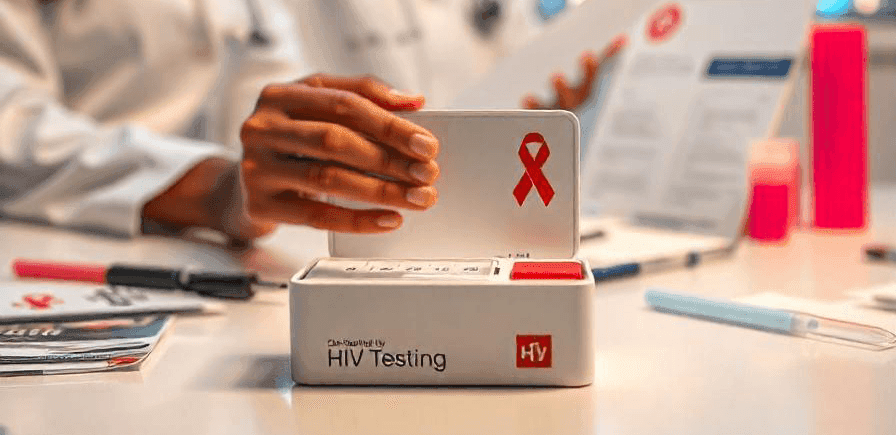Understanding HIV

Human Immunodeficiency Virus (HIV) is a virus that attacks the body’s immune system, specifically the CD4 cells (T cells), which are crucial for immune defense. If left untreated, HIV reduces the number of T cells in the body, making the individual more vulnerable to infections and certain cancers. Over time, HIV can lead to Acquired Immunodeficiency Syndrome (AIDS), the most severe phase of the infection.
Transmission
HIV is primarily transmitted through:
- Unprotected sexual contact with an infected person.
- Sharing needles or syringes with someone who has HIV.
- Blood transfusions with infected blood (though this is rare in countries with rigorous screening).
- From mother to child during pregnancy, childbirth, or breastfeeding.
- Using condoms correctly every time during sex.
- Taking pre-exposure prophylaxis (PrEP) if at high risk of HIV.
- Using post-exposure prophylaxis (PEP) within 72 hours after potential exposure.
- Regular HIV testing and prompt treatment if positive.
- Ensuring that needles and syringes are sterile and not shared.
- Pregnant women with HIV should take ART to reduce the risk of mother-to-child transmission.


